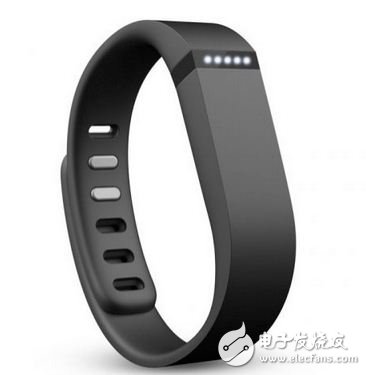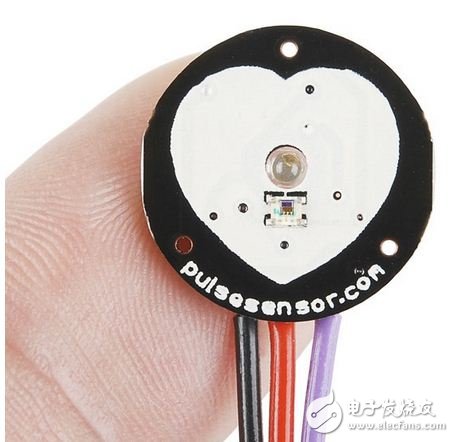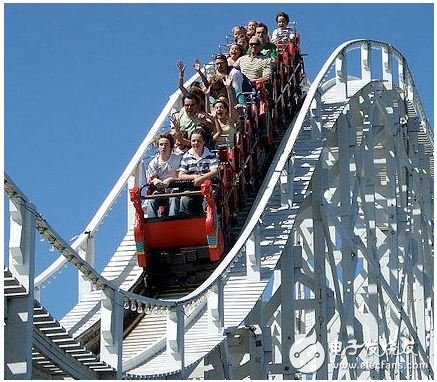Now, the fitness bracelet is gradually becoming a popular gift. In the course of my personal gift-giving, I went deep into the study of these fitness bracelets and looked at what issues the manufacturers are speculating. And I found out that they are basically a product that repackages technology that has been around for decades: a pedometer and heart monitor in a smart watch. This makes me wonder why they are so popular?

In addition to the timekeeping, the fitness bracelet can do everything for you.
I came up with two answers. The first is the mobile app (app). Consumers want a capability to track and record their activity levels in a convenient and attractive way. Secondly, unlike the old technology, these bracelets usually provide consumers with some kind of metrics that a simple pedometer and heart monitor can't do; calories, calories The number of stairs, "whole health" and so on. For the average person who wants to keep the activity motivated, this is good; but it has a big drawback: if the consumer does not do everyday walking and climbing stairs, then these devices are not accurate. Track the "fitness" status of the person with it. In other words, if you go to the gym and exercise, the fitness bracelet will not be able to accurately track the metrics that it needs to maintain motivation.
However, don't get me wrong, I am not saying that these fitness bracelets are a bad product or a stupid product. In my opinion, any product that encourages people to be more active and healthier is a good thing. However, this reminds me of a theoretical "real" fitness meter. To develop a product that consumers are willing to wear, what does it need? In terms of the size of a watch, it is necessary to be able to read his or her body "statistics" to the phone at any time. This kind of statistical information is information that people can receive from doctors after physical examination. It contains blood components, respiratory efficiency, and so on. Until now, there is no simple answer to this. So what can we measure? What kind of biometric technology can we get? How can we use this information again? This is a very popular topic in the current DIY e-community community, and this topic will always be popular as long as consumers are interested in measuring their bodies.
Heart rate
Measuring heart rate is a relatively easy task. In the case of an electrocardiogram, the sensor is placed on the body and it detects electrical signals generated by the heart when myocardial tissue polarization or depolarization occurs. This applies to the polar heart-rate chest band, which can be interfaced with DIY electronics. The heart rate can also be sensed optically, by placing the optical sensor on top of the fingertip.

These sensors are cheap and small enough to fit into the watch. Taking heart rate as input can produce many interesting plans.
motion
The motion-sensing technology of biometric technology is no different from other inductive motion technologies, and is usually performed using an accelerometer. Older or cheaper pedometers are mechanical, with a pendulum or aggravated reed switches that come into contact with each step force, but in the case of a fitness bracelet, an accelerometer is used. The accelerometer data is analyzed to detect the acceleration profile for each step, which is consistent for our humans with bipedal. This kind of sensor is relatively small and the price is also cheap, and the engineering difficulty part is the analysis of the acceleration data. It is difficult to derive a "step" from the noise data generated by a person's total acceleration.
height
Height is another metric that can be obtained relatively simply. Although technically it is not a biological indicator, it is an important measure when analyzing activities. It is usually sensed using a barometer. As the height increases, the air pressure decreases, and the pressure sensor can easily detect such changes with an astonishing accuracy. This is the method used by most commercial fitness bracelets to measure "stair steps." These devices detect the relative change in air pressure from one floor to another in a building, rather than analyzing the accelerometer motion profile when a person climbs the stairs. This is good, but if the user is on the elevator or in a rare situation, there is a problem when riding the roller coaster.

Relatively speaking, these indicators are fairly simple. For the average person, many devices for measuring these indicators can be found on the market and are readily available.
Piezo Siren,Piezo Siren 12V,120Db Piezo Siren,Loudest Piezo Siren
NINGBO SANCO ELECTRONICS CO., LTD. , https://www.sancobuzzer.com
